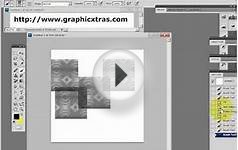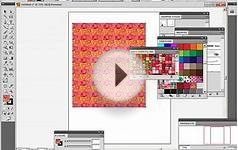
I want to show you an easy and quick way to make a grunge-textured background in Photoshop. Of course, this isn’t the only way, but it’s not hard to do if you have a decent set of brushes to work with.
If you find yourself without a decent set of grunge brushes, you can download my Hi-Res Splatter Brushes and Hi-Res Watercolor I and II, here on BittBox. They aren’t necessarily grunge brushes, but they are very large and detailed, and I used them to make all of the examples you see below in this tutorial.
Overview
In a nutshell, what I mean by “reverse grunge” is starting with a solid, filled layer and using an eraser to create the grunge instead of a brush. I will go over in detail exactly how to do this, but I want to start with a visual aid. The image below is a diagram of the anatomy of the example you see above.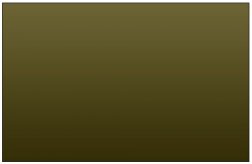 ed Photoshop users may want to use this same technique with layer masks for non-destructive grunge effects.
ed Photoshop users may want to use this same technique with layer masks for non-destructive grunge effects.
The trick is to play around with the opacity of your layers, the blending mode of your layers, and the flow and opacity settings when using the eraser.
1. The Background
This part is up to you. You can use a solid color, a gradient, a pattern, an image. . . Anything really. I simply used a gradient as my background:
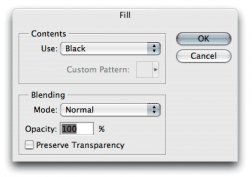 2. Make a new layer, and fill it with a color (usually a dark color at first)
2. Make a new layer, and fill it with a color (usually a dark color at first)
In order to make our ‘reverse grunge’ effect, we need to make a layer on top of the background and fill it with a solid color. An easy way to do this is to create a new layer in the layers palette, then hit Shift + F5. That is the shortcut for a fill. You can experiment with your own shades of color, but usually darker colors work well for this effect.
I filled my top layer with black at 100% opacity, so black is all I see right now.
3. Start Erasing
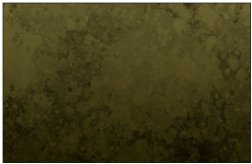 In order to get our grunge effect all you need to do is select the Eraser Tool with a grunge or splatter tip shape and start hacking away at your solid black fill. I usually do this using different ‘opacities’ and ‘flow’ settings for the eraser in order to get a more diversified effect. This enables us to fill with a solid color then erase at different opacities.
In order to get our grunge effect all you need to do is select the Eraser Tool with a grunge or splatter tip shape and start hacking away at your solid black fill. I usually do this using different ‘opacities’ and ‘flow’ settings for the eraser in order to get a more diversified effect. This enables us to fill with a solid color then erase at different opacities.
You will find the Opacity and Flow settings in the main menu bar at the top, when you have the eraser selected.
Download my Free High-Res brushes if you need some to follow along. These are the brushes I used for the tip shape of my ‘eraser:’

